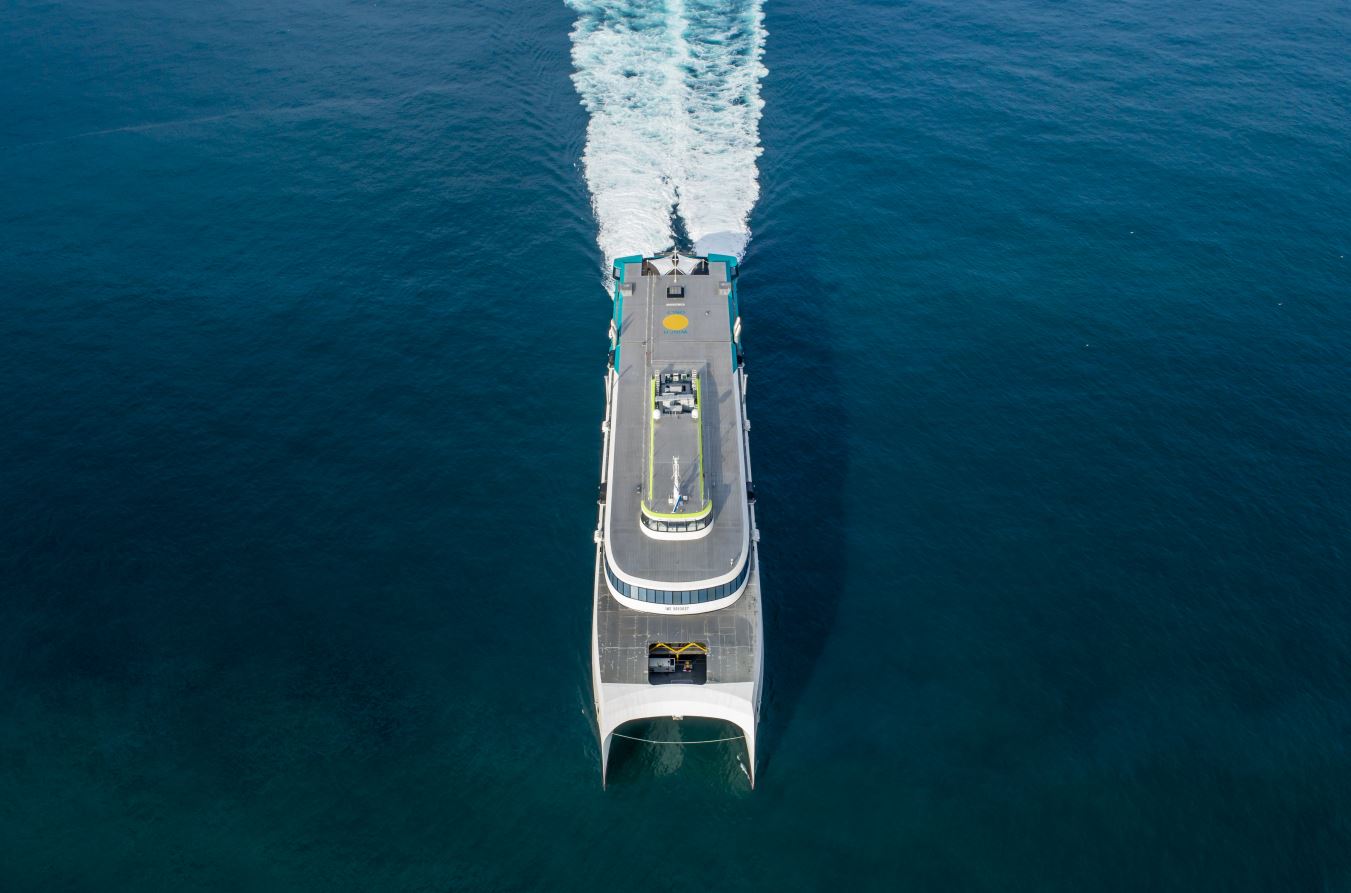Classification society DNV has added in total 222 LNG dual-fuel ships to its Alternative Fuels Insight platform last year.
Despite high prices for LNG fuel last year, the orders in 2022 were close to the record 240 orders for LNG-powered vessels in 2021.
LNG-powered container vessels and car carriers constituted nearly two thirds or 74 percent of the ship orders during the last year while product tankers came in third representing 9 percent of the total orders.
A total of 104 new LNG fueled ships entered operation during 2022, representing a 41 percent growth within the sailing fleet, DNV said.
Methanol was the second most popular alternative fuel choice, with 35 ships ordered, bringing the total count to 82 ships, the classification society said.
876 confirmed LNG-powered ships
DNV’s platform shows that 355 LNG-powered ships are already in operation while owners placed orders for 521 LNG-fueled vessels.
LNG-powered crude oil tankers lead the way with 47 in operation, followed by LNG-powered car and passenger ferries, oil/chemical tankers, and containerships each with 43 in operation.
As per vessels on order, LNG-powered containerships account for a big part of the orders with 175 units. Owners also ordered 119 car carriers, 50 bulk carriers, and 45 oil and chemical tankers.
These statistics do not include smaller inland vessels or dual-fuel LNG carriers.
43 LNG bunkering vessels and 149 LPG-powered ships
Besides LNG-powered vessels, there are 43 LNG bunkering vessels in operation and 18 on order, the platform shows.
In addition to 876 confirmed LNG-powered ships, there are also 149 LPG-powered ships, 82 methanol-fueled vessels, and 25 hydrogen-fueled vessels, according to the platform.

